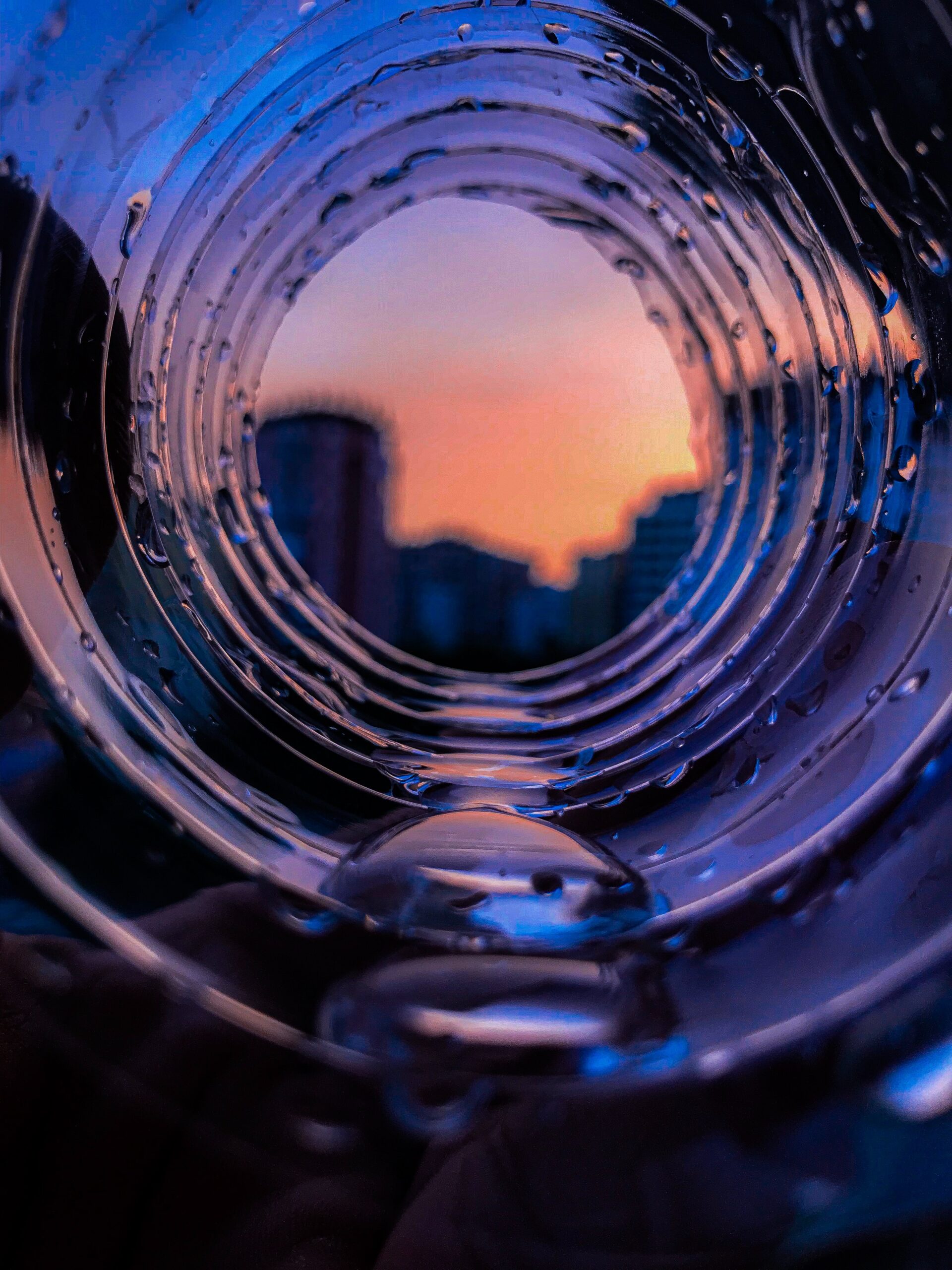By Hamideh Soltani-Ahmadi, Project Leader at Save the Water™ | August 5th, 2021
Wells are an important source of water that first originated in ancient times but are still used today for many activities such as drinking and irrigation. Wells are structures created in the ground that contain a supply of groundwater, which comes from rain and melting snow that infiltrates into soils and percolates through its tiny pores and between rocks. This water, although it can come to the surface to fill rivers, streams, lakes, and wetlands, accumulates underground and can stay there for hundreds of years. As groundwater moves through layers of gravel and sandy deposits, otherwise known as an aquifer, there may be enough groundwater to drill a well.
In many cities, increasing population and economic growth have highlighted the importance of centralizing the public water supply. Nowadays, these cities have a well-organized water municipality system which is treated scientifically and monitored by the government. In the United States, the Environmental Protection Agency (EPA) regulates these systems under the Safe Drinking Water Act (SDWA). However, private wells are not covered under the SDWA.
What is the regulation on private wells and why should we care?
Approximately 43 million people in the United States rely on private well water as their primary source of drinking and home water usage. EPA provides information on testing private wells and guidance on technologies for treating contaminants, however, they do not regulate, monitor, or actively treat them, nor do they provide recommended criteria or standards for individual wells. In other words, private well owners are left to handle the safety of their own water themselves.
Unfortunately, the safety of well water is not always guaranteed. There are many well-documented articles on people who have contracted illnesses as a result of drinking well water. Infants and children under the age of six years, older people, and people with compromised immune systems are the most vulnerable to contaminated well water.
What are the sources of pollutants in well water?
Well water pollution is caused by both natural sources as well as human activity.
Natural source pollutants are minerals such as arsenic, radon, and fluoride which exist in soil and bedrocks. The underlying rocks and soils act as a pathway for flowing groundwater. These natural minerals are dissolved or washed and can find their way into this groundwater, as well as well water, potentially threatening its quality as a result.
In addition to natural sources, many pollutants affecting well water quality are created by humans. These man-made pollutants could come from local industry, agricultural runoff, livestock waste, septic tanks, landfills, underground storage tanks, household waste, and well water structures and designs.
Health concerns from well water consumption
Sadly, drinking polluted well water can expose people to various harmful pollutants and pathogens. Most contaminants find their way to the subsurface through percolation; others adsorb onto soil particles, which are slowly released, and end up in groundwater through precipitation. Because of the slow movement of groundwater, it might take years for contaminants to find their way into well water. The most concerning health issues resulting from contaminated well water are chronic illnesses that could take years to surface such as cancer, organ damage, and anemia.
What should be done?
In order to assist the 43 million Americans who primarily use well water at home, an outreach program could be organized. The intent of this program could be to educate well owners of the potential adverse health issues that arise from drinking and using well water. Potential approaches to alleviate or eliminate well water quality issues could be discussed as part of this program. A good starting point to become more aware of water quality issues and remediations can be found on the Save The Water website. Keep an eye out for Part 2 of this article where we will dig deeper into the sources of pollutants in well water.




